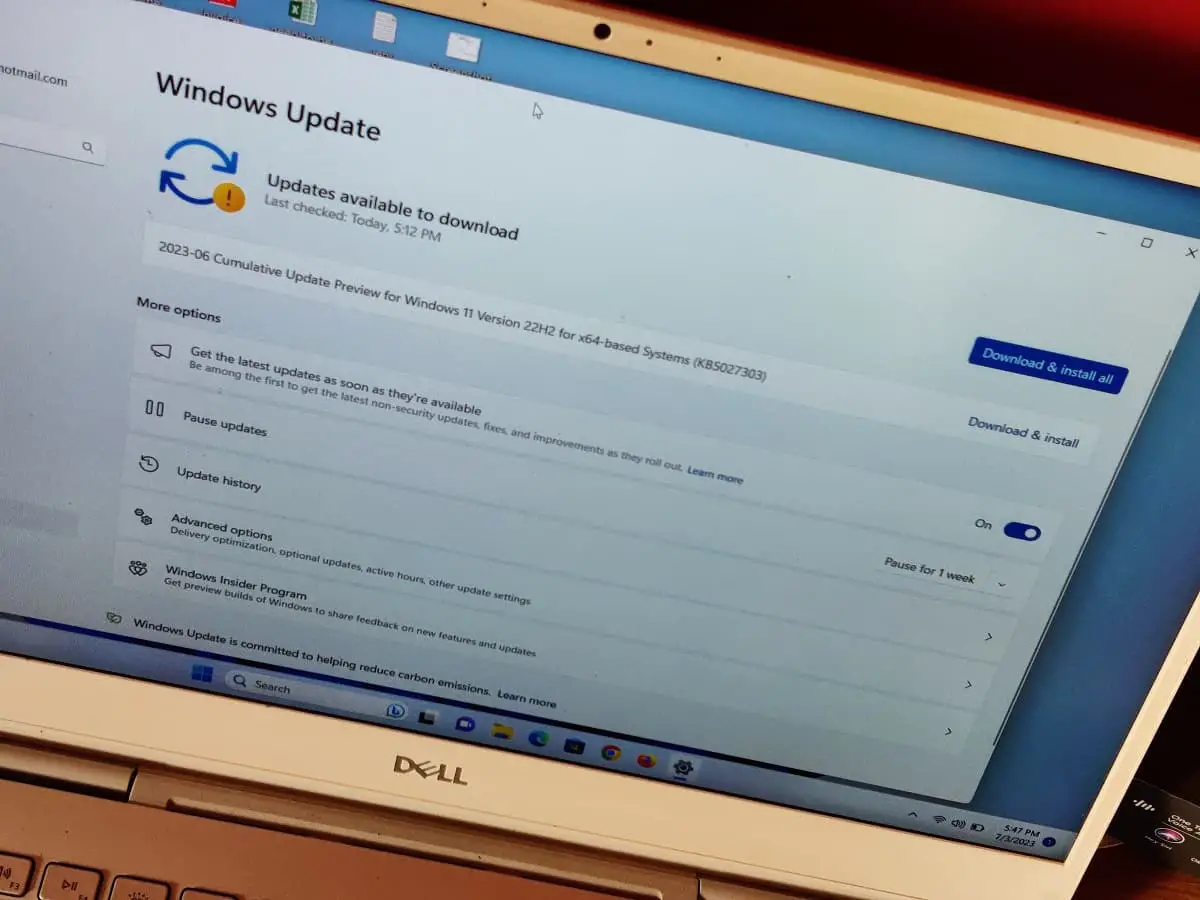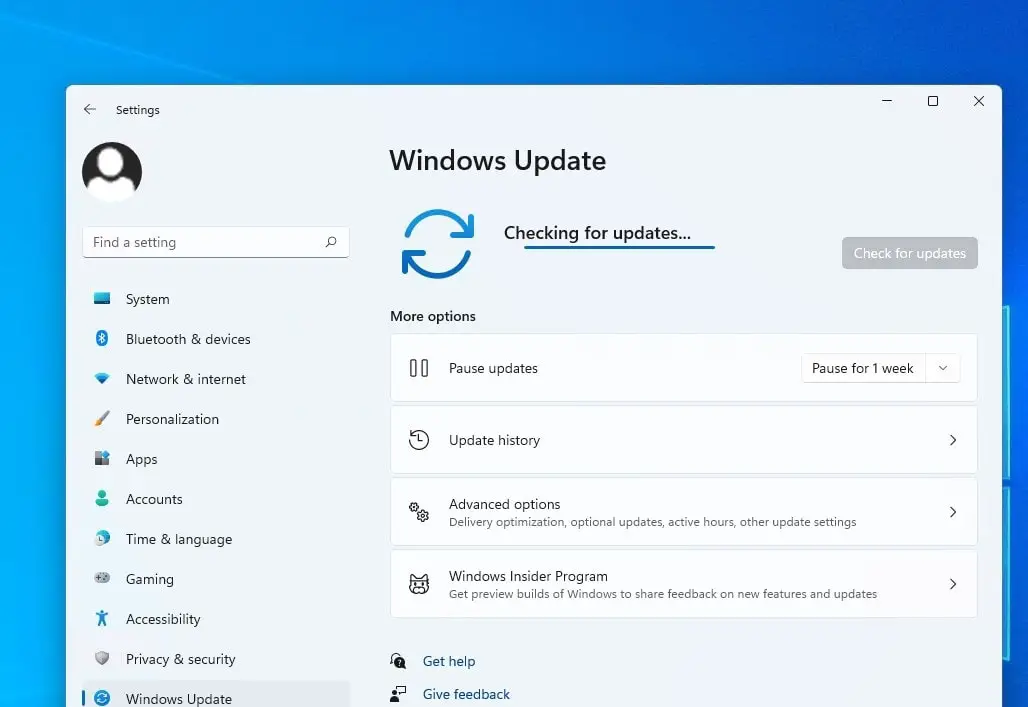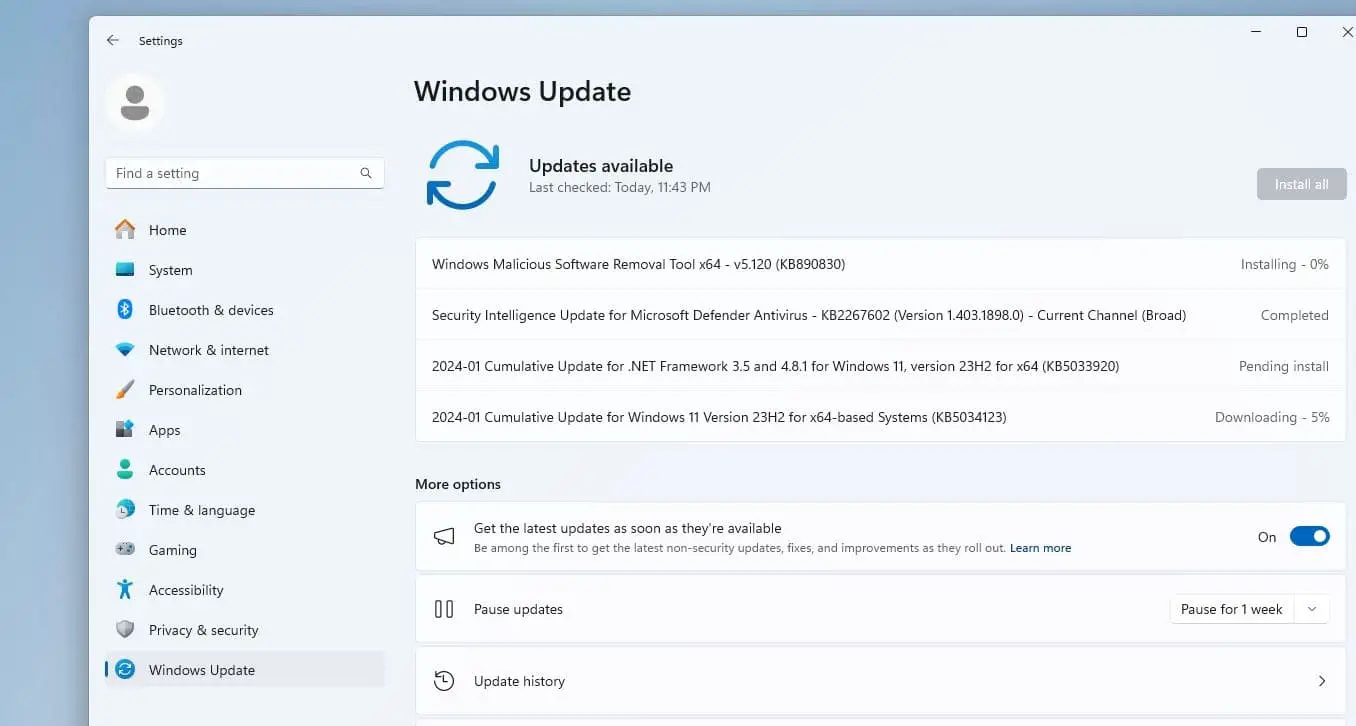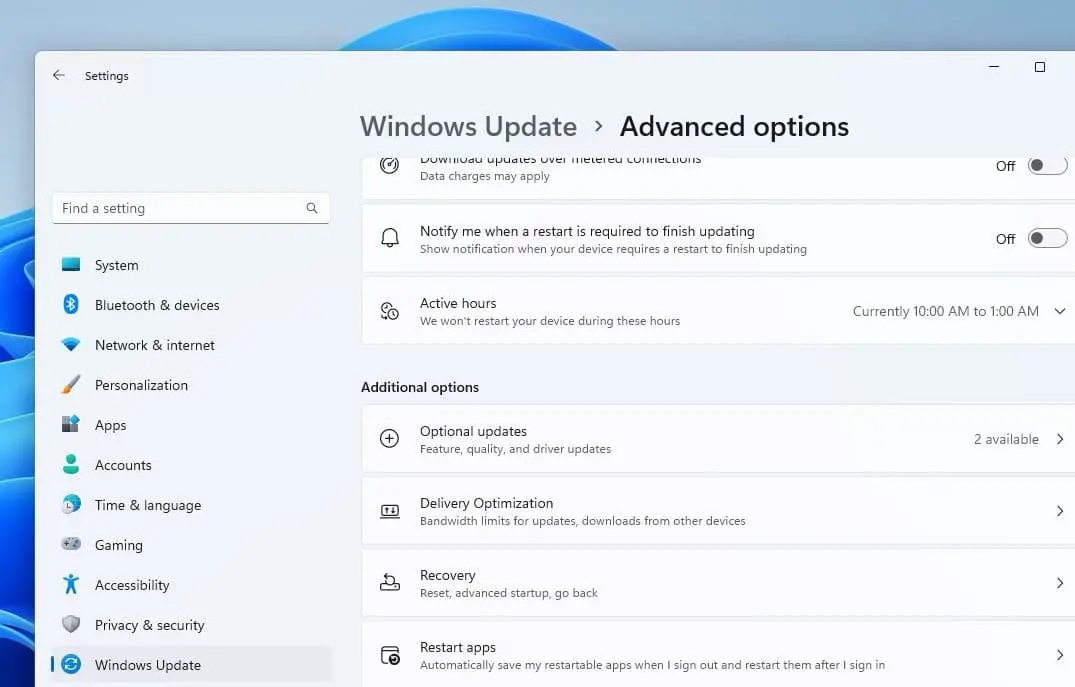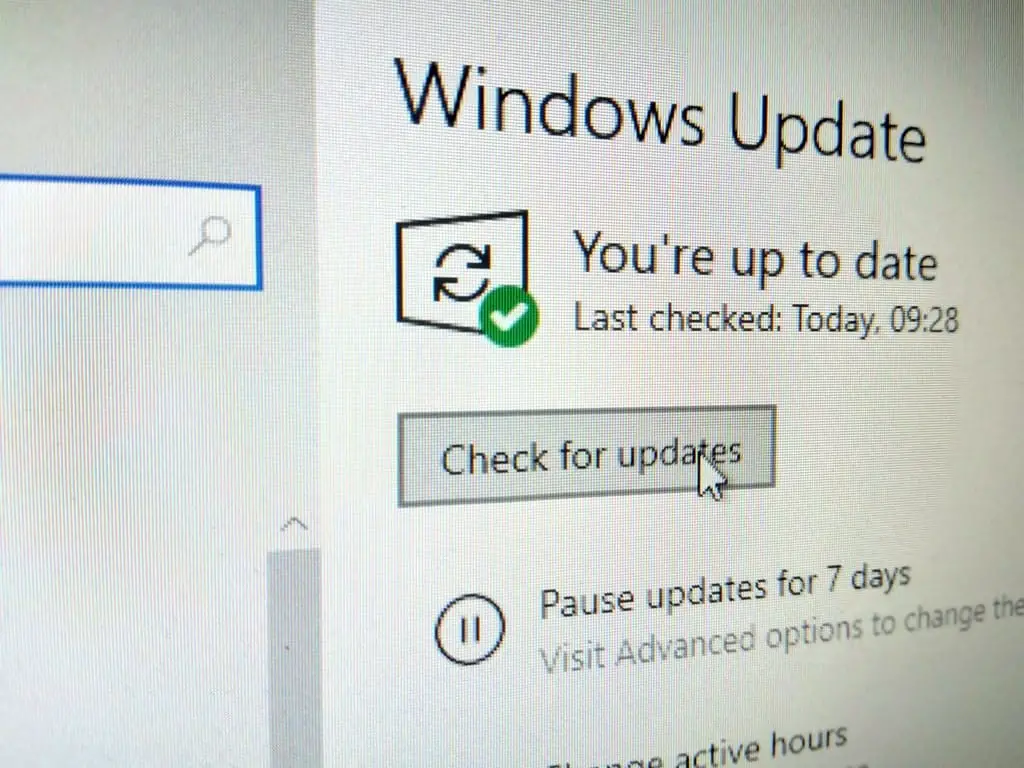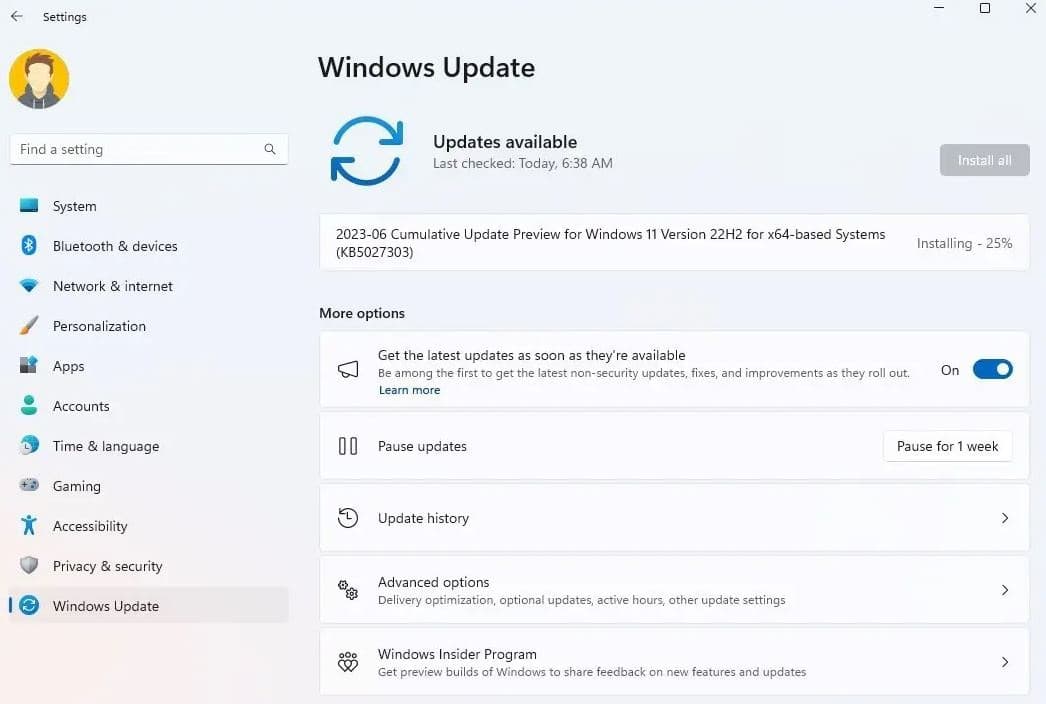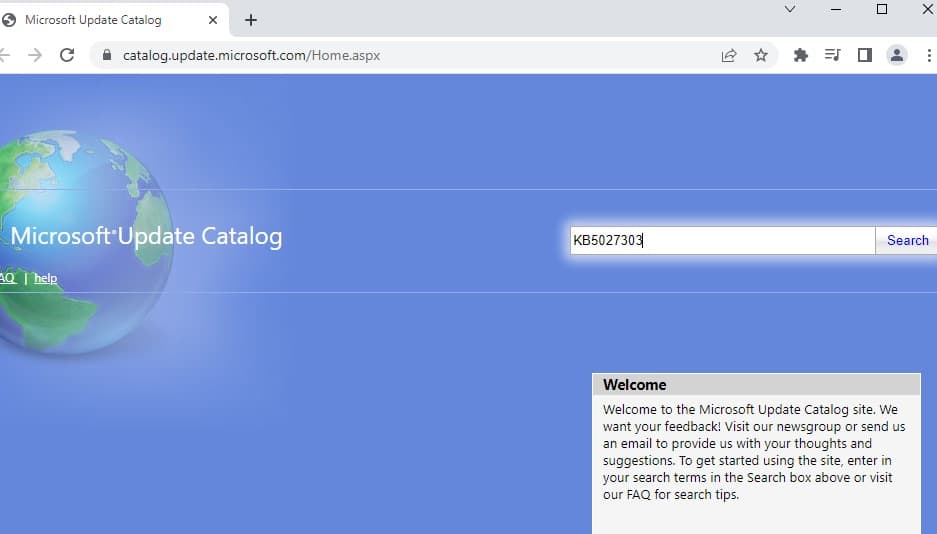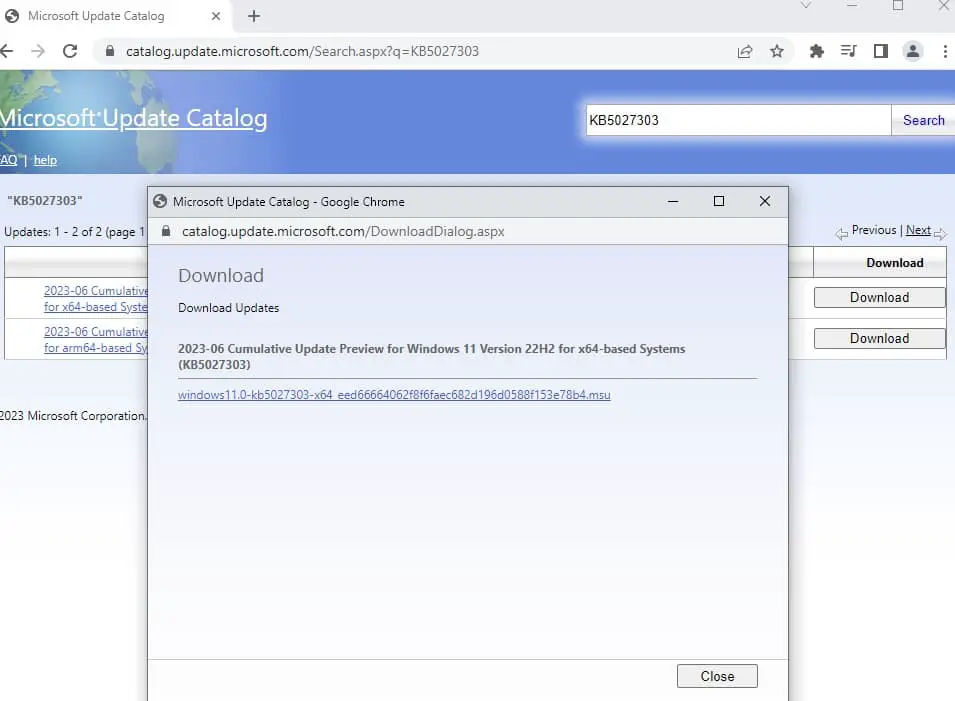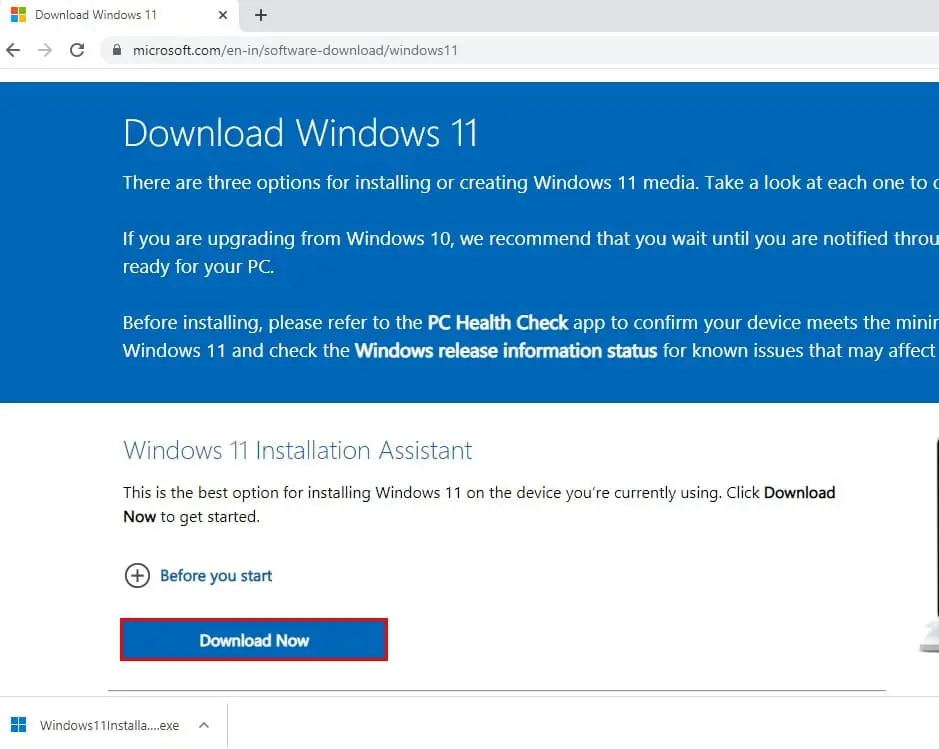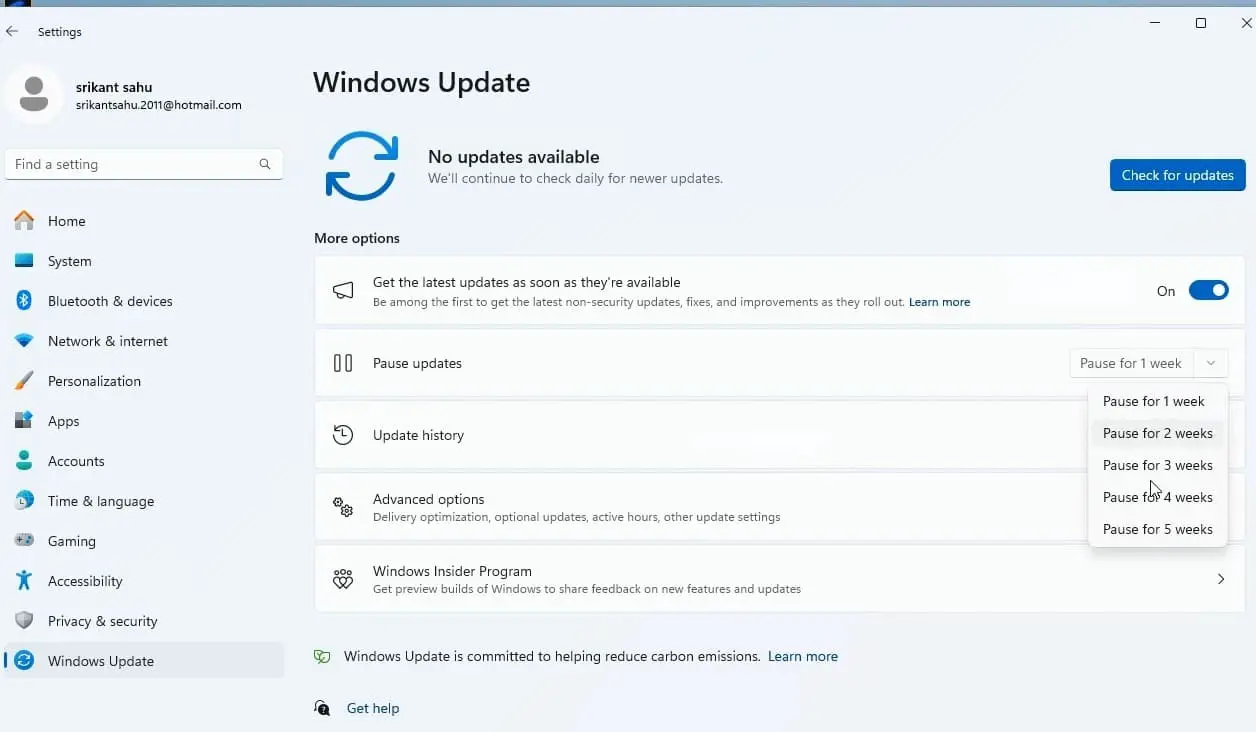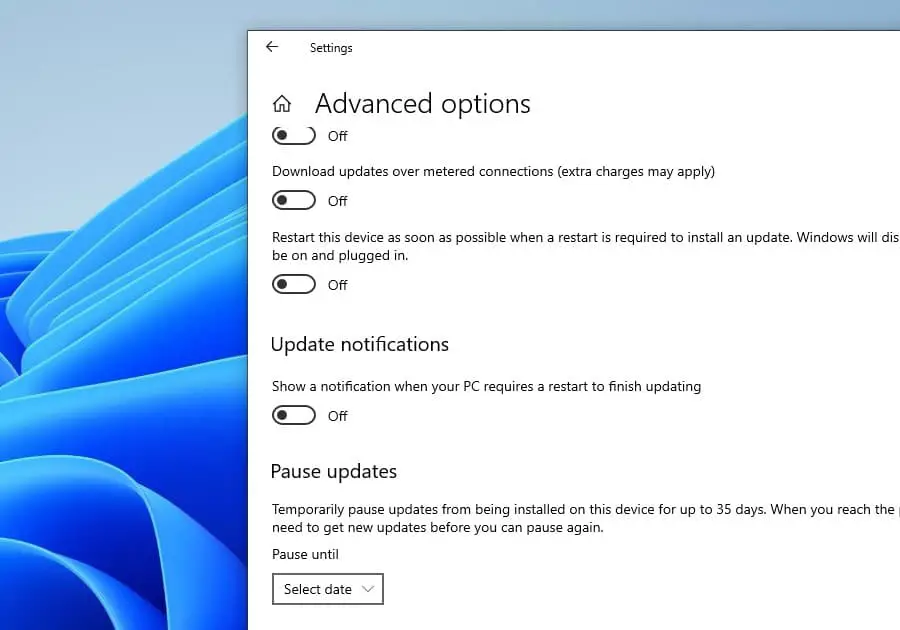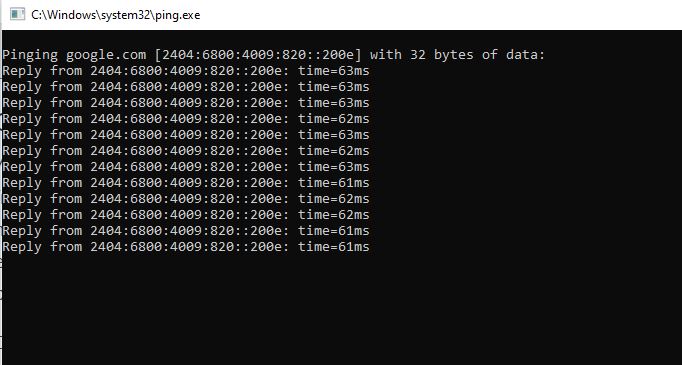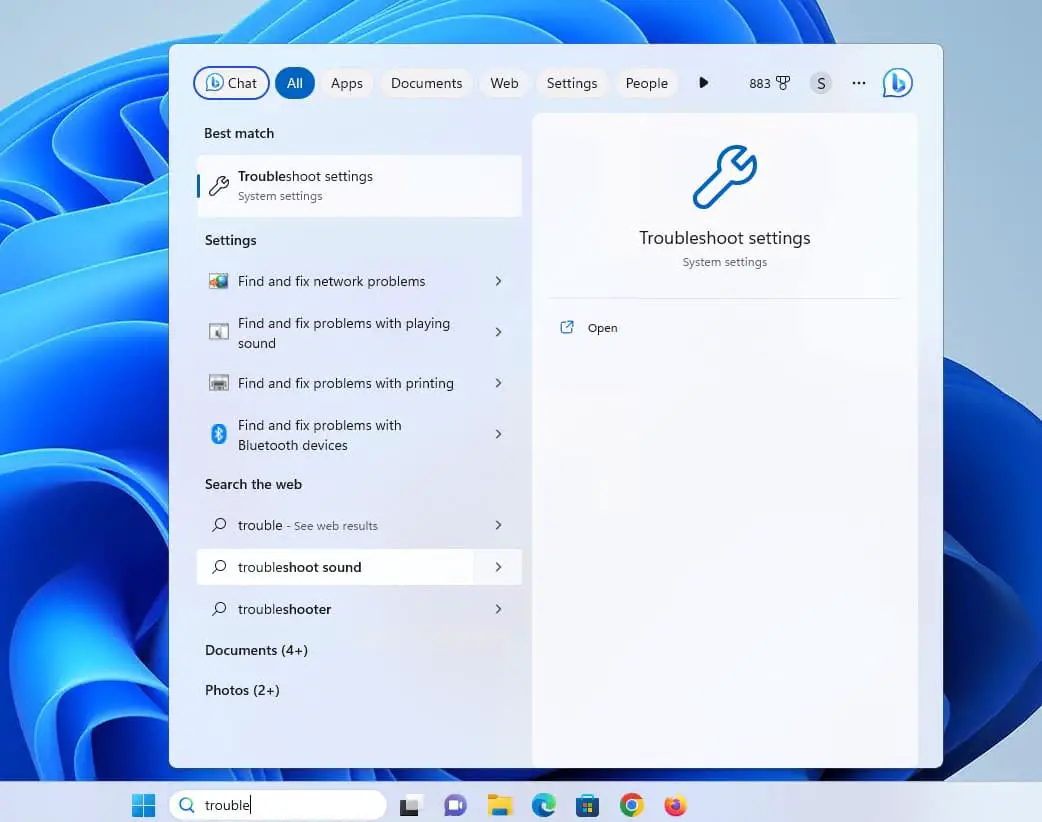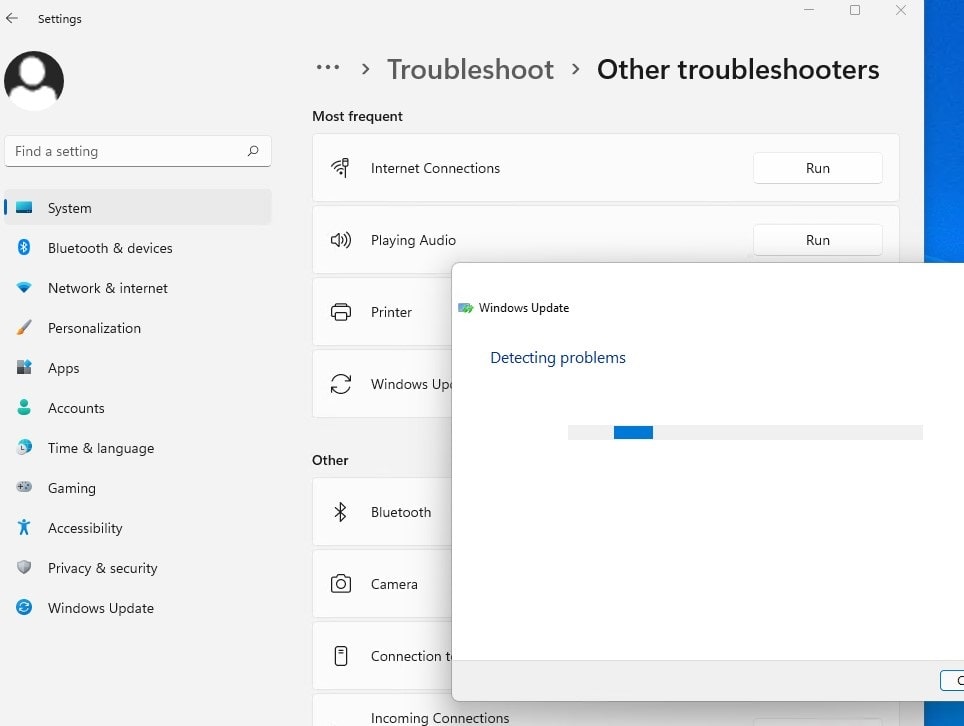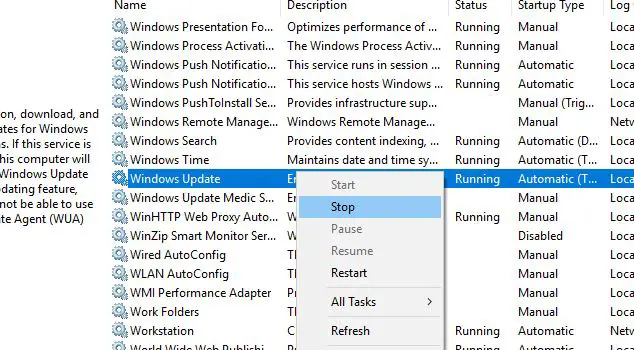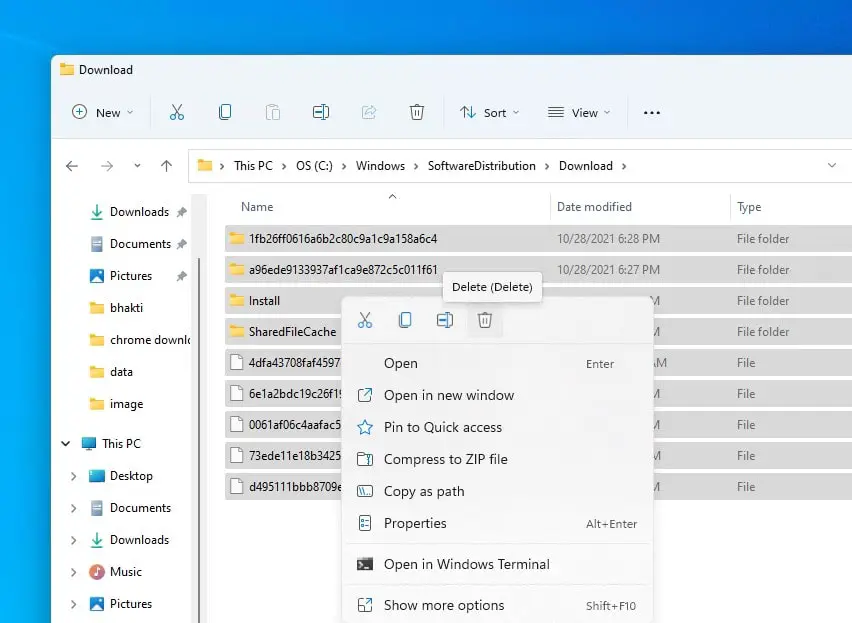Microsoft time to time releases Windows updates with the latest bug fixes, performance improvements, and essential security patches to protect your computer from potential threats. Also keeping up with the latest version of Windows 11 or Windows 10 ensure you have access to all of the new features and security fixes. You can check for Windows updates from settings or download the offline installer to Update Windows Manually.
Overall Installing Windows Updates helps fix known bugs or vulnerabilities and keep the system optimized. Here this article explores different ways to Check for and Get the latest Windows update installed on your computer.
What is a Windows update?
Windows updates are software patches from Microsoft released to correct errors, bugs, or security vulnerabilities in Windows computers. With regular Windows updates, Microsoft ensures your device runs smoothly, remains secure, and stays up to date with the latest features. The company releases patches to fix vulnerabilities in its software on a regular basis.
Windows Updates sometimes come with new features, while patching some known issues.
Overall Install Windows Updates bring security patches that fix the vulnerabilities and errors in Windows and associated software, and they occasionally add new features.
How to Download and Install Windows Updates
Usually windows security updates are set to download and install automatically as it brings fix for security vulnerabilities. Ensure your device is connected to a stable working Internet to Get the latest Windows update download from the Microsoft server. But Non-security updates need to download and install manually, Here are different ways to check for Windows updates and install on your computer.
Install Windows 11 Updates
Using the settings app is the easiest and most preferred method to Get the latest Windows updates installed on your Windows 11 PC. You only need to open the settings app and check for Windows updates.
- Press Windows key + I to open the settings app on Windows 11,
- Go to Windows Update and click the Check for Updates button,
- This will check for available updates on the Microsoft server.
- If pending updates are there, click Download and Install to get the patch download from the Microsoft server and install on your PC.
- It may take some time to download, depending on your internet speed.
- In addition, you can click on Advanced options then Optional Updates.
- Select the drivers or other optional updates and click Download & Install button.
Once done you need to reboot your PC to apply the changes.
Install Windows 10 Updates
In Windows 10, also you can check for Windows Update within the Settings app.
- Press the Windows key + X and select settings, alternately you can press the Windows key + I
- Choose Update & Security and then Windows Update on the left.
- Now to check for new Windows 10 updates click on the Check for Updates button
- This will start checking, if new updates are available start downloading and installing updates automatically.
- Only you need to reboot your computer to apply the changes.
How to Update Windows Manually
Also, you can download the Windows update offline installer (MSU file) from the Microsoft catalog and update Windows manually by following the steps.
- First open settings then Windows update and note down the update pack number. (For example KB5027303)
- Now, open the web browser and visit catalog.update.microsoft.com
- Search the update kb number (that you noted previously KB5027303)
- This will display all the updates available for the particular update pack.
- Now, based on your system, whether it’s x64 or ARM-based, download the required update.
Once done, locate the MSU file and double-click on it to install the Windows update on your computer.
Using the Windows Update Assistant
Also, you can use the update assistant to check for and download feature updates on your computer.
First, download the update assistant from the Official site Windows 10 | Windows 11
- Locate the downloaded file, double-click on it, and Click Yes to the UAC prompt for permission.
- Click the Update Now button to allow the computer to check the computer’s compatibility
This will download and install the latest Windows updates or Feature updates on your computer while keeping your personal files intact
How do I turn off Windows updates?
Windows updates are important and it’s always recommended to keep your computer up to date. But if for some reason you are looking to skip the current update you can pause it for up to 35 days.
To disable Windows updates:
- Press the Windows key + X and select Settings
- Go to Windows Update, locate pause update and select up to 5 weeks from drop down menu.
- For Windows 10 devices Go to Windows update -> Advanced Options > Pause updates.
- Here You can pause updates for up to 35 days. After that, automatic updates will resume.
Windows Update Stuck or Fail to install
If you experience problems installing Windows updates on your Device, such as Windows updates stuck download hours or fails to install with different errors here are a few tips for you.
- Check and ensure you are connected to a stable or working internet connection. You can run ping command to check internet speed at fast.com or speedtest.net.
- Next disconnect VPN, temporarily uninstall the antivirus, Free up the system drive, and reboot your PC. Now check for Windows updates again.
Run Update troubleshooter
The built-in troubleshooter scans your system for common problems that prevent Windows update download or install and attempts to fix them automatically.
- Press the Windows key + S type troubleshoot and select troubleshoot settings
- Click on Other troubleshooters then Click Run next to Windows update
- This will start detecting and resolve any issues related to Windows updates.
- After running the Windows Update Troubleshooter, it is recommended to restart your computer and attempt to install the updates again.
Reset Windows update cache
If the troubleshooter fails to fix the problem, resetting the Windows Update cache can help resolve issues related to Windows updates. Resetting the Windows Update cache clears out cached files or temporary data associated with Windows Update and allows the update process to start fresh.
- Press the Windows key + R, type services.msc and click ok
- Scroll down to Windows Update, right-click on it select Stop,
- Now press Windows key + E to open File Explorer and navigate to C:\Windows\SoftwareDistribution\Download
- Here delete all files and folders, (press ctrl + A to select all and hit Del key)
Now restart your PC and check for Windows updates again.
Also read:
- Windows 11: How to uninstall a Windows Update (4 ways)
- Windows 11 Update Stuck at 100% Downloading (9 ways to Get it installed right way)
- How To Use the System Restore Feature in Windows 11
- Solved: Bluetooth disappeared or not working on Windows 11
- Windows 11 sound not working after update? 8 solutions to apply
